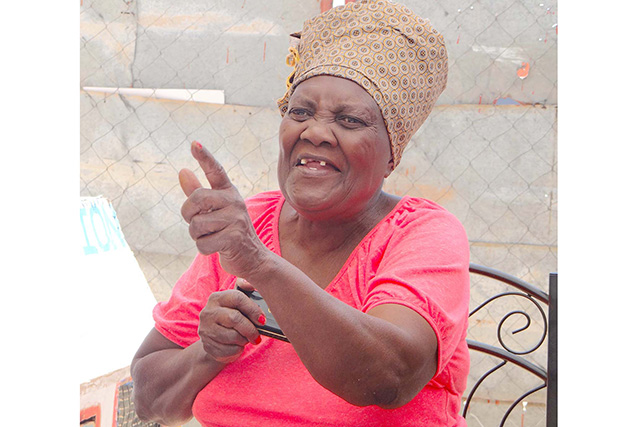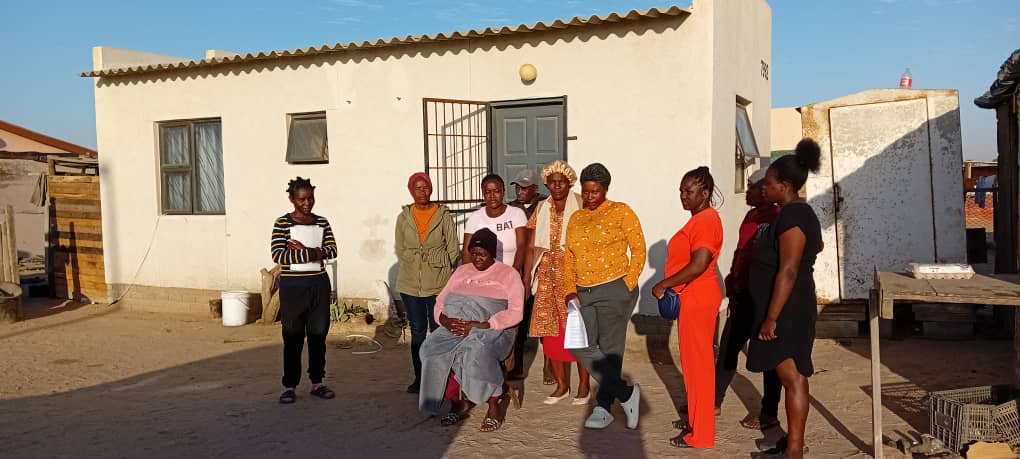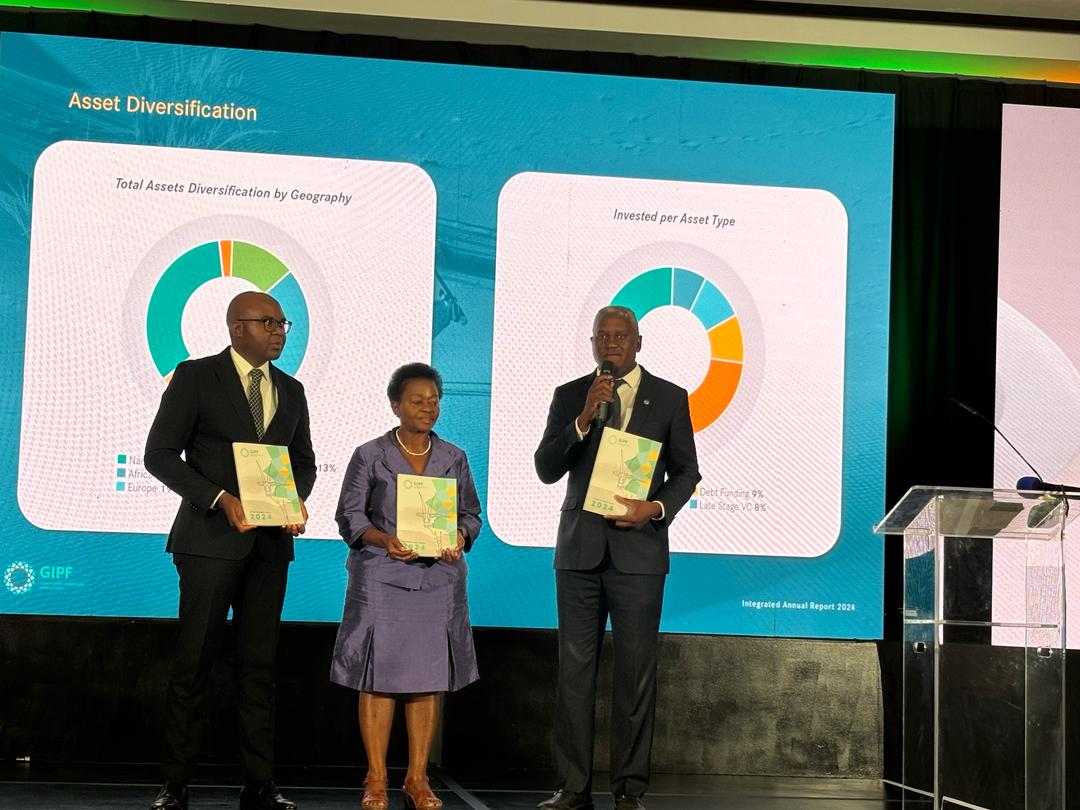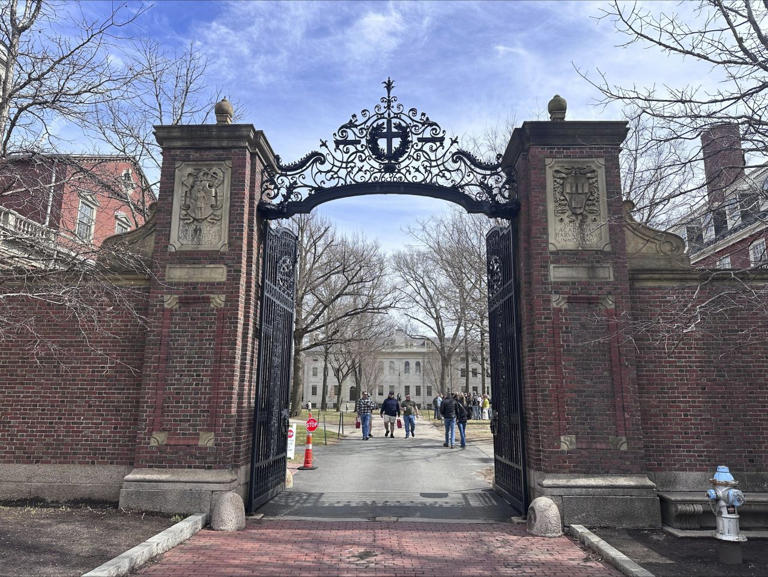A tickey for butter, sixpence for bread.
“Life in Old Location was very nice. It was very good. Everything was cheap.”
Ouma Paulina Hangara smiles at the memory, recalling the past in Afrikaans. A linguistic hangover from apartheid Namibia which almost everyone gathered can just about follow as we dust off our mandatory grade school classes under a white tarp billowing noisily overhead, loud but futile against the summer heat.
There is orange cool drink and crispy golden vetkoek laid out on a long table in Ouma’s yard. She’s lived in the modest house on Shanghai Street in Katutura since 1972, watching the lively neighbourhood change, tending to the ceaseless stream of children peering or slipping through the barbed wire gate and telling stories.
Intrigued by a short blurb inviting the public to visit Ouma as part of a series of interventions titled ‘Odalate Naiteke’, about 12 of us have crowded into her yard to hear stories of the Old Location.
For most, the apartheid era segregation of black Namibians in the areas between Hochland Park and Pionierspark and in Klein Windhoek are beyond birth let alone memory.
So we look up at Ouma’s wrinkled, toothless, mischievously childlike face expectantly, trying to go back in time.
“Eers moet ons bid.”
First we must pray.
Ouma, a traditional leader, actress and devout Christian, wants first things first and pulls out a small black harmonica, the word ‘Victory’ written large and gold above a smaller ‘Made in China’.
The prayer song Ouma leads us in is a familiar one but we stumble over some of the verses, our voices rising confidently for the bits proclaiming ‘Nkosi sikelel’ iAfrika’.
“Life in Old Location was very nice. It was very good. Everything was cheap.”
So we begin.
Born in Old Location in apartheid Namibia in 1947, Ouma uses the word “nice” relatively and actually means nicer than life in Katutura. Apartheid wasn’t nice and that literally goes without saying. Instead Ouma weaves discriminatory elements of the time into fond memories of her childhood in the place before Katutura.
Tickey butter and sixpence bread. Brown because white bread was for white people.
Feverish discos and sweaty passbooks handed over to scowling lawmen who chastised them for keeping the documents in their bras.
The hunt for shrewd Sam Nujoma, who escaped authorities with cunning and once with ketchup dripped onto a shirt.
Black shops, white shops and sjamboks if you couldn’t tell the difference.
The trick of running into the graveyard because it is the one place white police would not enter.
Alcohol bought undercover and hidden in baby carriers.
“White people would say if black people drink then the whole world would be deurmekaar,” says Ouma, eyes shining below her patterned doek. “They said black people’s noses are short, our hair is short so our mind is short. And we believed them.”
Ou Mambo, a debonair elder from the community, chuckles at this, his faded grey hat almost connects with his snowy beard as he doubles over with amusement but he doesn’t interject.
Ouma’s stories don’t go the way you expect. Forward or from point A to B.
They zigzag. They skip things. They make her laugh. They overestimate our grasp of history and sometimes they evolve into spontaneous skits illustrating the dynamics of working for a white family.
Doek tied tightly, dress long enough for decency.
Can you cook? (Yes Miesies)
Can you mind the children? (Yes Miesies)
You must always call the little boy Kleinbaas and the little girl Kleinmiesies. (Yes, Miesies)
At Windhoek bus stops at 17h15 on weekday afternoons watching sardine tin buses transporting black house help from affluent neighbourhoods to Katutura, one wonders whether, post-apartheid, very much has changed.
Stay informed with The Namibian – your source for credible journalism. Get in-depth reporting and opinions for
only N$85 a month. Invest in journalism, invest in democracy –
Subscribe Now!










